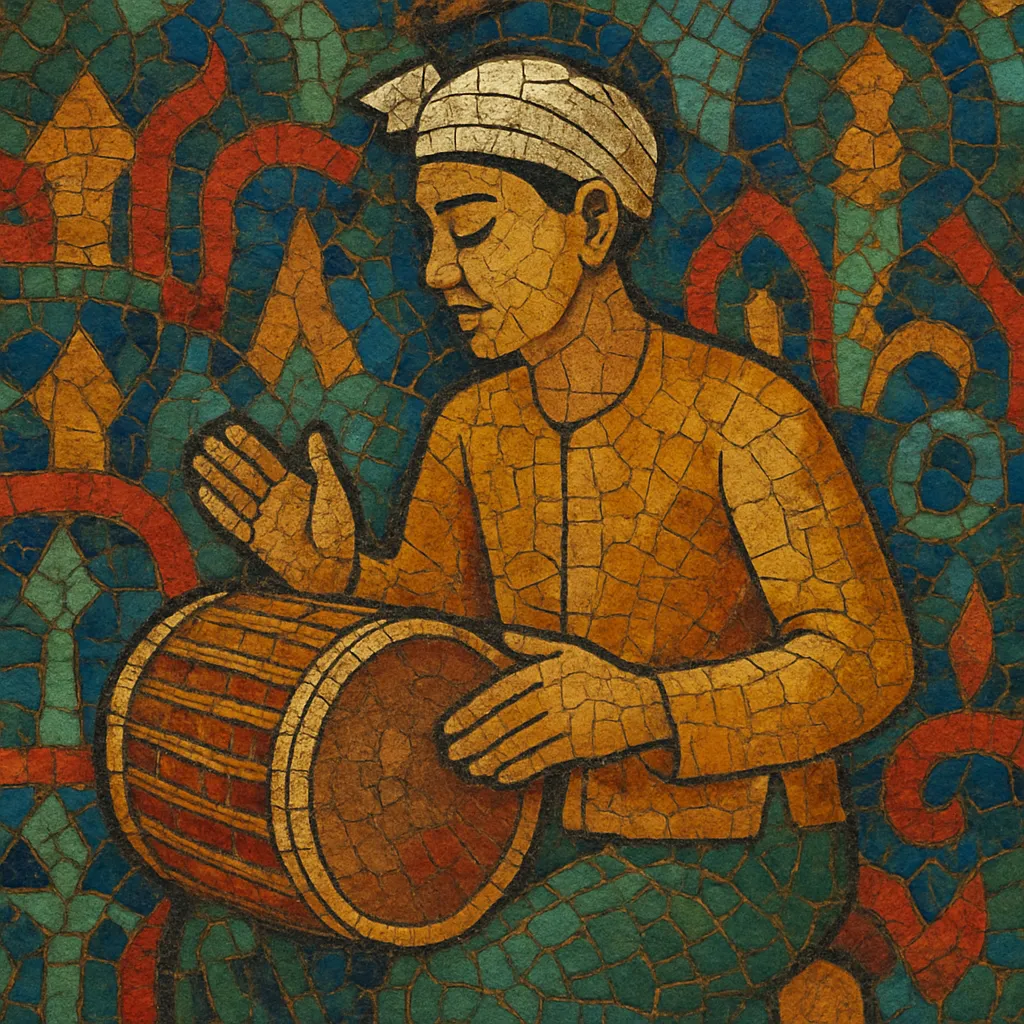Burmese mono refers to the body of Burmese popular music recorded and released during the monophonic era, broadly spanning the late 1940s through the 1960s. The term is used less as a stylistic label and more as an archival descriptor for the sound world of Burmese radio, film, and commercial singles before stereo became standard.
Typical records feature crooning lead vocals in Burmese over dance‑band or light‑orchestral backings that blend Western instruments (piano, guitar, bass, drums, horns) with melodic turns and ornaments drawn from Burmese tradition. Rhythms often reflect contemporary global fashions of the period—foxtrot, waltz, cha‑cha‑chá, and rumba—while harmony remains concise and song‑forward.
The sonic signature includes warm, centrally imaged mixes; restrained frequency extension; and natural room or slapback echo, all characteristic of mono tape and lacquer workflows of the era.
After World War II and Myanmar’s independence, urban music scenes in Yangon and Mandalay coalesced around radio orchestras, hotel bands, and film studios. Monophonic recording, first on 78‑rpm shellac discs and later on tape and 45s, captured a repertoire that married Burmese melodic idioms with imported dance and light‑music formats. State and private broadcasters helped standardize a polished "light music" sound.
Radio (notably the Burma Broadcasting Service) and the booming film industry shaped what we now hear as "Burmese mono": poised, lyrical vocals framed by compact arrangements for piano, guitar, bass, drum kit, and occasional brass/woodwinds or accordion. Latin and ballroom rhythms (waltz, cha‑cha‑chá, rumba) sat alongside slow foxtrots and gentle swing, while Burmese phrasing, pentatonic contours, and vocal ornamentation anchored the music locally.
By the 1960s, beat‑group instrumentation and rock‑and‑roll influences appeared, yet most consumer releases and radio masters remained monophonic. Toward the decade’s end and into the 1970s, studios and labels gradually adopted stereo, ushering in what is often distinguished as "Burmese stereo," even as many songs and singers straddled both eras.
Today, "burmese mono" functions as a discovery tag for archival releases, radio transfers, and reissue projects. Its influence persists in the repertoire of classic standards, the crooner vocal approach, and the elegant, song‑first arranging aesthetic that modern performers continue to reference.


